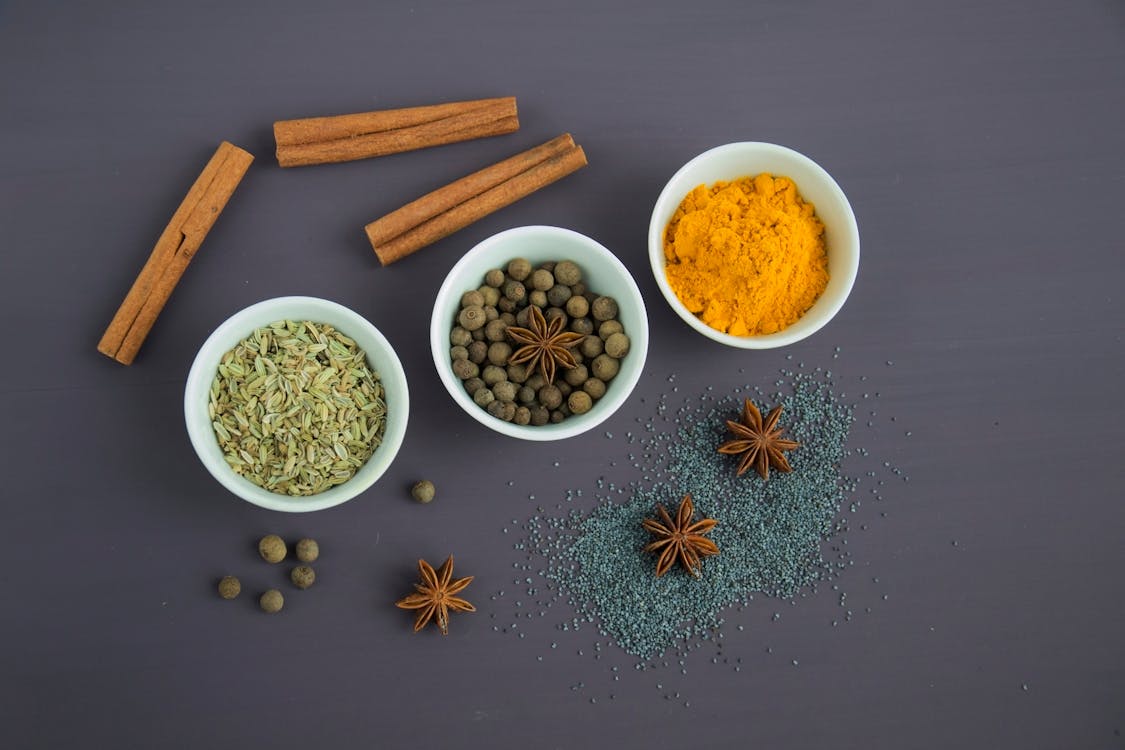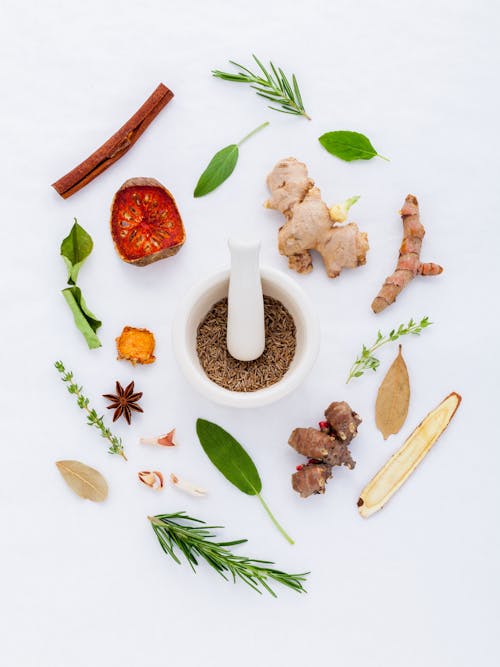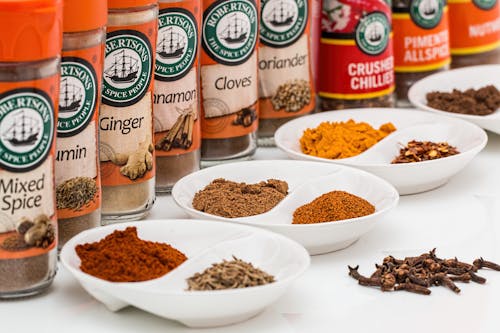The spicy ingredients will help your Health
 |
| Assorted Spices |
Today
we are going to know about the health benefits and using for a spice in food
preparation of Turmeric, Black pepper and Ginger. These spicy ingredients are
used in every home at their daily food preparation in the Asian countries.
In
Asian countries the turmeric has been used to add flavor, natural coloring, and
some external uses of wound cure purposes also ladies using this like facial cream.
It was used very long back and had a history of it is healthy boost to foods
and curing purposes. The western countries are using these ingredients recent
years also they come to know it is benefits as making healthy food and they are
impressive it’s health benefits.
If
you are use turmeric with the black pepper and ginger you can get the full
health benefits. When you put turmeric, black pepper and ginger together, you’ve
got a special tasty food.
The Benefits of Turmeric
Turmeric,
also known as Curcuma longa, is a plant in the ginger family.
Traditionally used in Asian cuisine, the rhizome — or root — has been a staple
in Ayurvedic practice.
Turmeric
contains a chemical compound called cur-cumin. Even in small amounts, this
polyphenol has been found to have some pretty substantial antioxidant effects —
research suggests turmeric may help impact important body functions like
weight management, joint health, and circulatory system health. Bioavailable cur-cumin
may also help with exercise recovery and other health benefits.
The Benefits of Black Pepper
Black
pepper, also known as Piper nigrum, contains a chemical compound
called piperine. Responsible for pepper’s sharp, biting quality, the alkaloid
piperine offers more than just flavor — research suggests black pepper has many
health-promoting benefits and may help boost the absorption of certain
nutrients and support gut health. And it turns out black pepper can also
boost the health effects of turmeric.
The Benefits of Ginger
The
ginger widely used it’s stem and root as a spice and a medicine purposes. It is
uses every day food preparation spicy food. It has also been used for thousands
of years for medical purposes relieving nausea, loss of appetite, motion
sickness and pain, the root of underground stem (rhizome) of the ginger consumed
in many ways like this fresh, powdered, dried as a spice.
Mixing the three Ingredients
 |
| Spice used for food |
On
its own, turmeric has poor bioavailability, meaning our bodies don’t absorb and
utilize it well — so some of those healthy benefits of turmeric may go to
waste.
But
by adding a pinch of black pepper to any turmeric containing food or drink, you
can help dramatically enhance the health benefits of cur-cumin. Research
has shown that combining piperine with cur-cumin increased the bioavailability
of cur-cumin by 200 percent.
“They’re
a powerful duo because they’re both antioxidants that work in tandem,” says the
Nutrition Specialist at CHF. Piperine
helps increase the absorption of cur-cumin, which means combining the
two spices helps allow cur-cumin to circulate in the body for a
longer period of time. “This may lead to increased effects of cur-cumin,” He
adds.
For
optimal benefits, Sakthivel recommends a 20-to-1 ratio of turmeric to pepper.
“This is a very small amount of black pepper per turmeric,” he says. “Not very
much is needed to activate the combined benefits of piperine and cur-cumin.”
For
instance, most turmeric latte recipes call for just a pinch of black
pepper to enhance about one tablespoon of turmeric — so you don’t have to worry
that adding black pepper will make your favorite recipes more a spicy to enjoy.
Using Turmeric, Black Pepper and Ginger
Even
at very high amounts — in the neighborhood of 6,000 or more milligrams a
day — a clinical trial found no serious risks associated with cur-cumin.
Some subjects reported unpleasant side effects such as diarrhea, rash,
headaches, and nausea — but those were linked to higher dosages than you’d
typically find in a turmeric latte or shrimp coconut curry..
And
black pepper is considered safe — although it can affect the absorption of some
drugs, so it’s important to talk to your doctor if you’re taking any
medications. Of
course, this doesn’t mean you should eat as much turmeric and black pepper as
possible. “You won’t increase benefits by consuming tablespoon after tablespoon
of either food,” Sakthivel says. “Even though there’s no documented overdose or
maximum tolerable intake for turmeric or black pepper, just like with any food,
these should be consumed in moderation.”
 |
| Mixed Spice Bottles |
If
turmeric is a new addition to your spice rack, you may want to start slowly —
but if you find turmeric agrees with you, go ahead and add it to your curries,
stir fry dishes, scrambled eggs, roasted vegetables, and even smoothies. Just
remember to add a pinch of black pepper, and you’ll be good as gold.
If you keep up with the latest wellness trends, might seem like
ashwagandha is everywhere these days. This adaptogenic herb is native to India
and has been widely used for millennia. Now, you can find it on trendy
coffeehouse menus — sometimes mixed with chai for a chilled-out latte — as well
as in powders, capsules, tinctures, and other supplement forms.
By - S. Vetri Vel, The Choose Healthy Food

0 comments:
Post a Comment